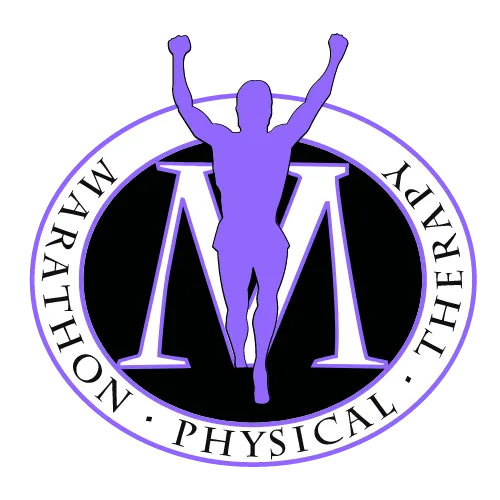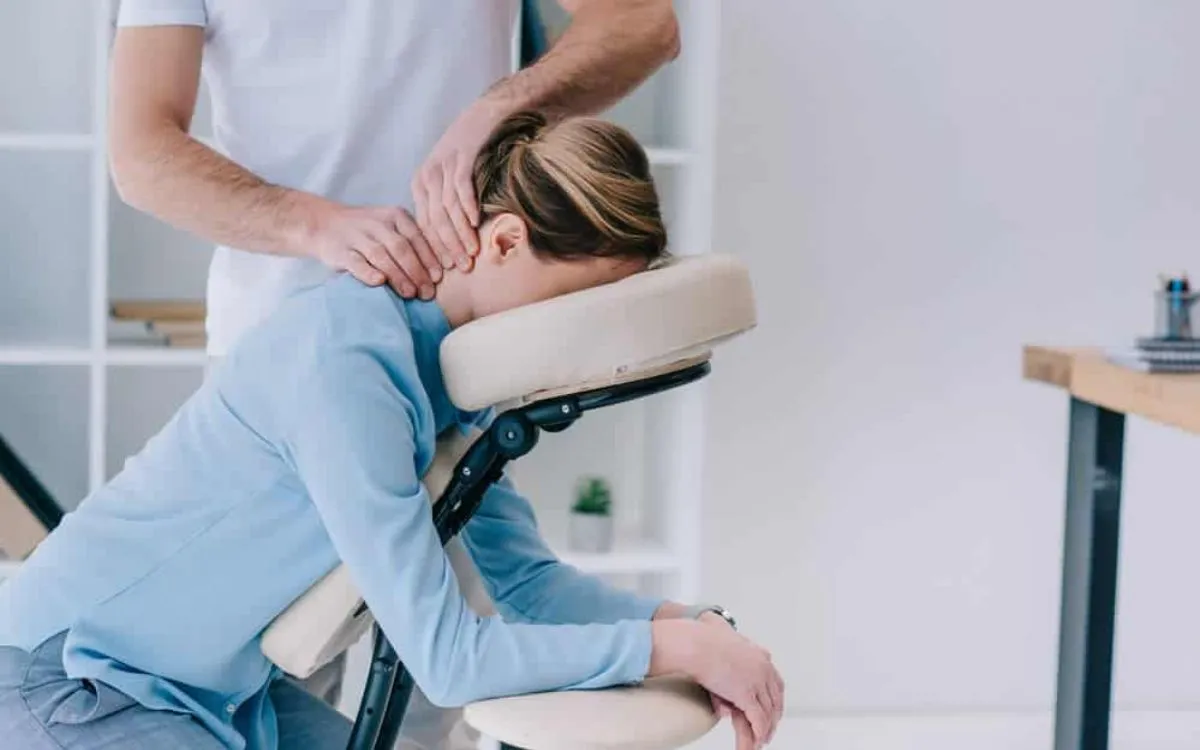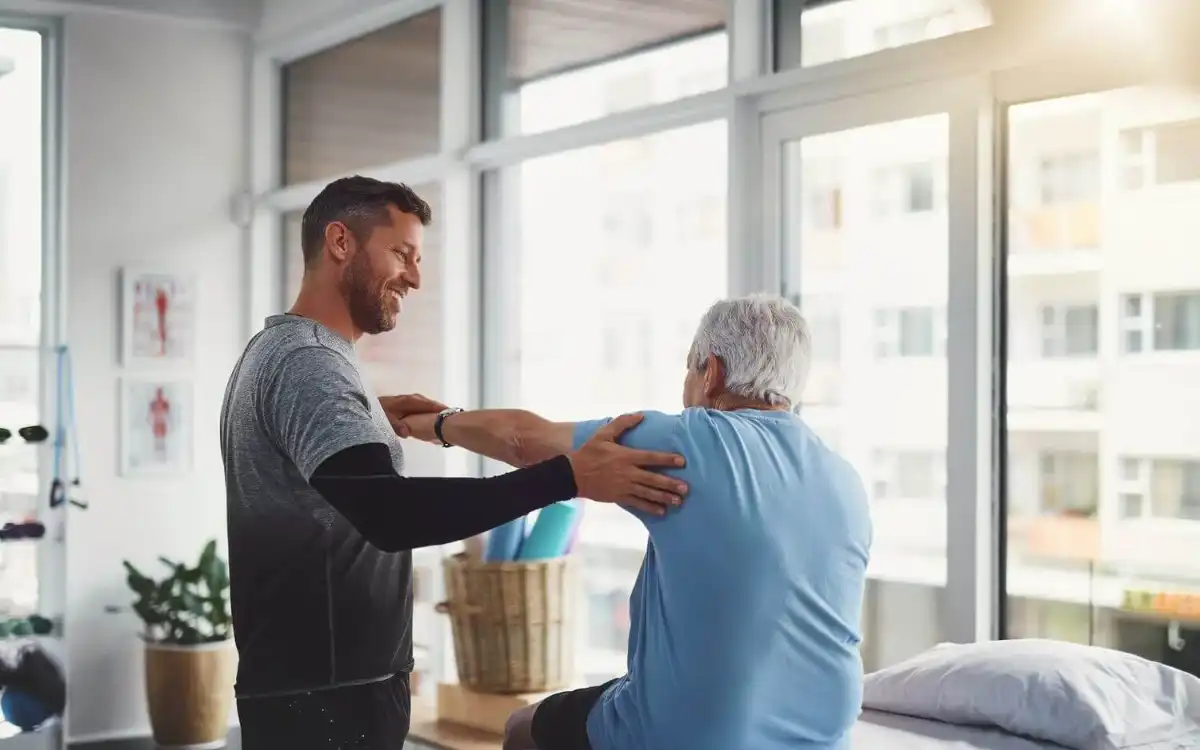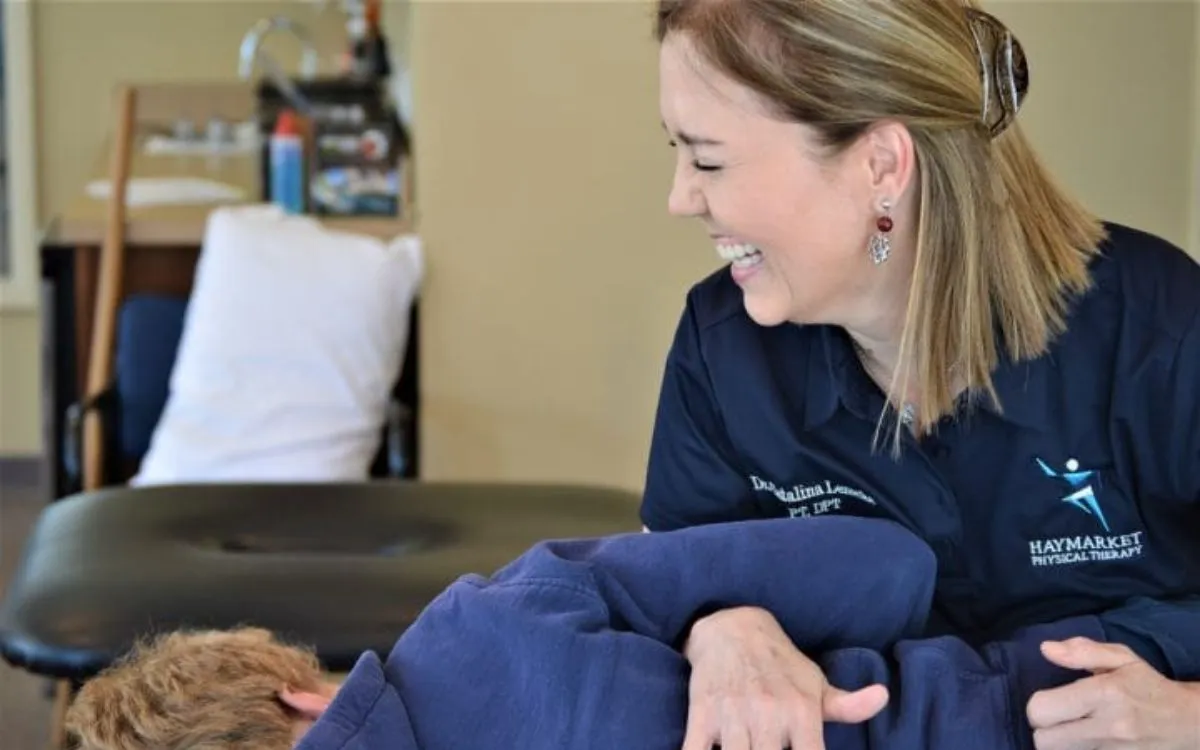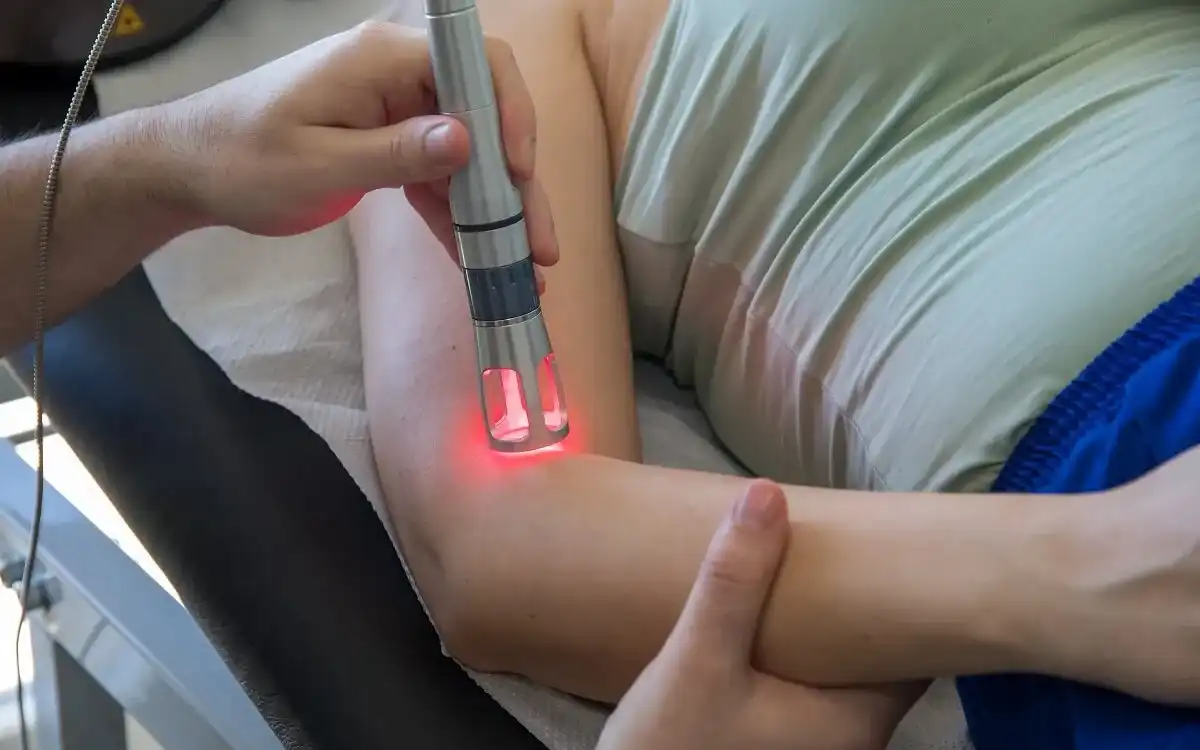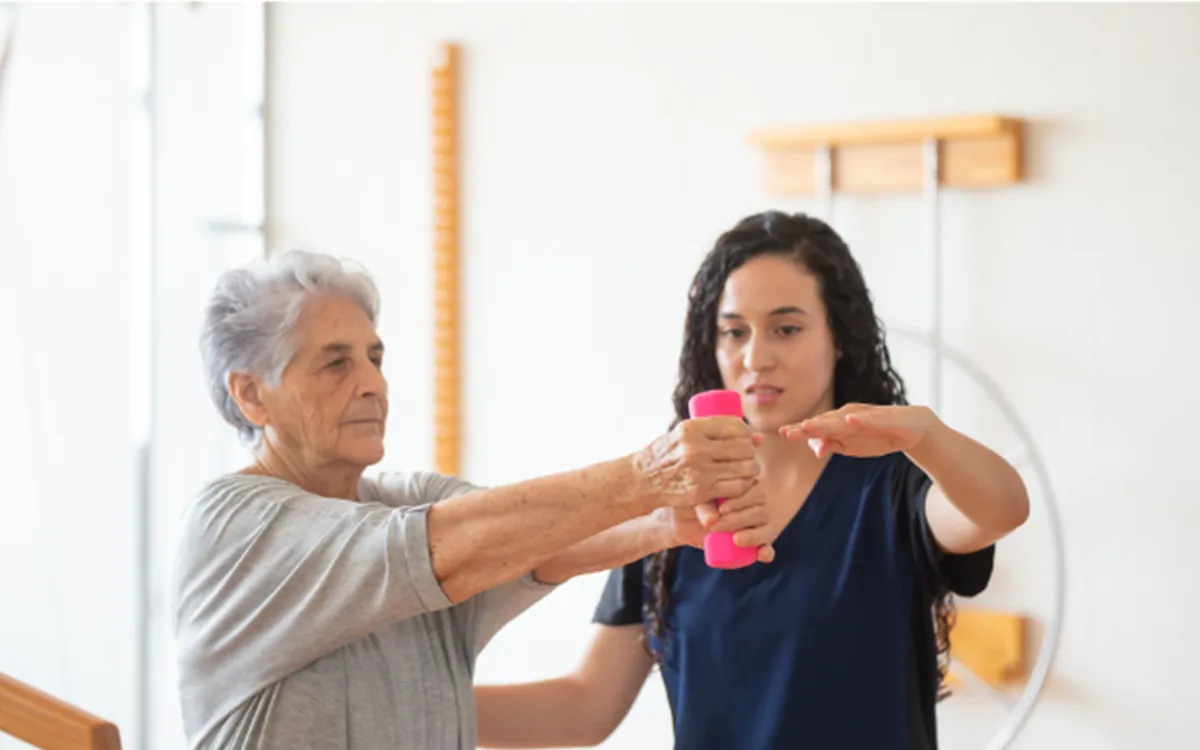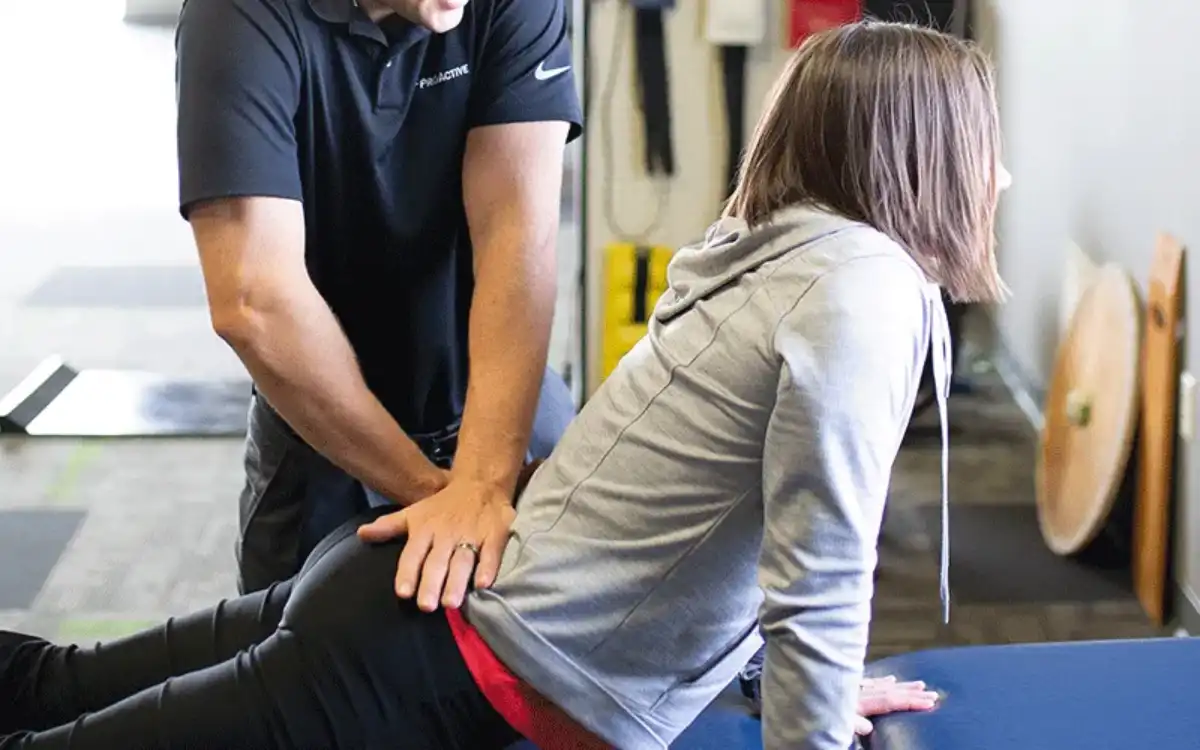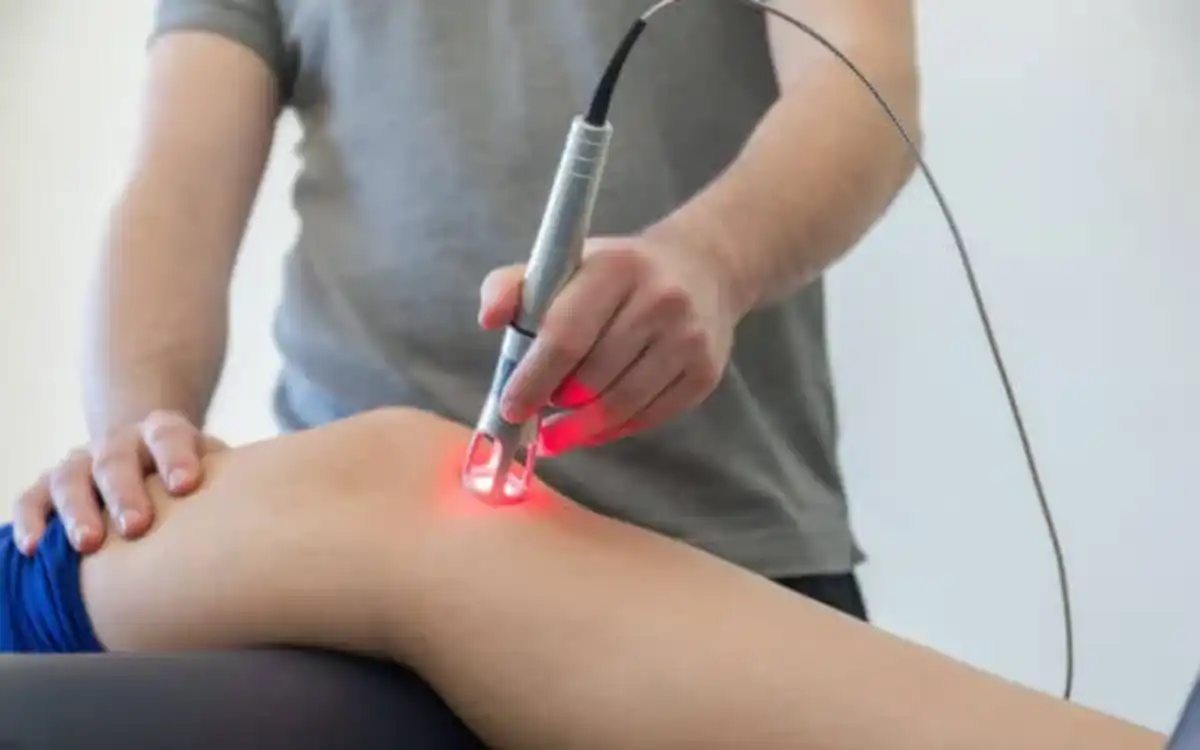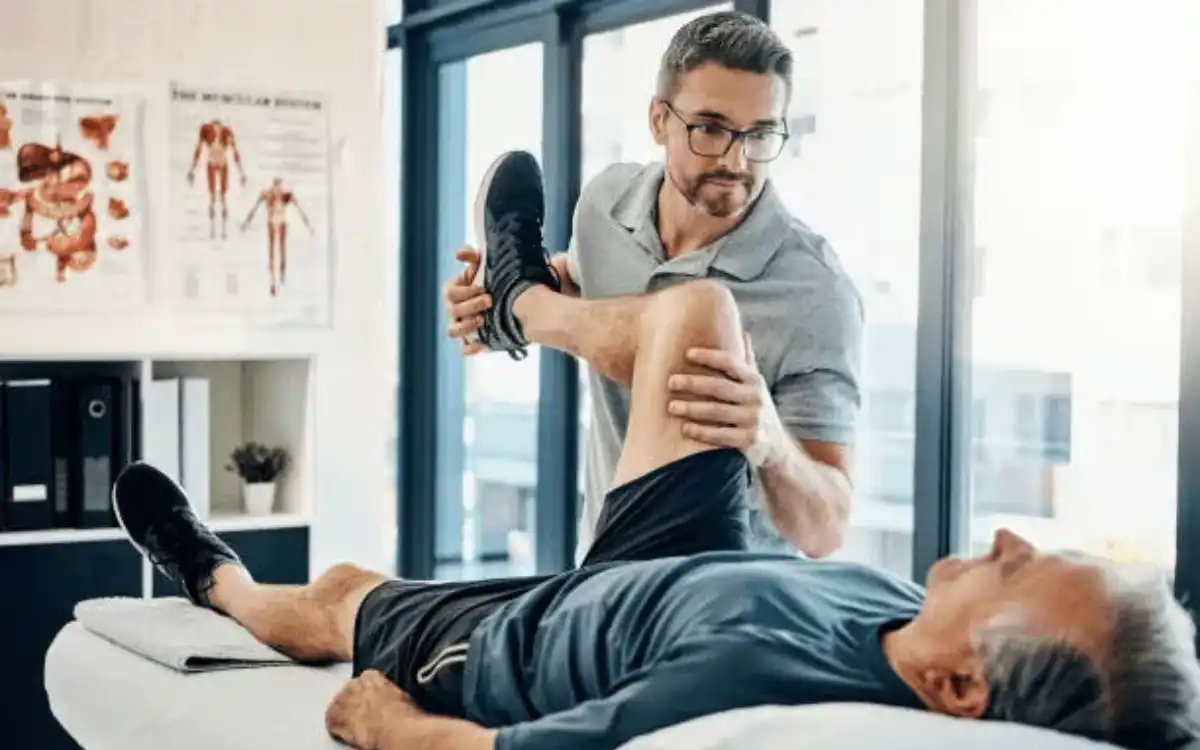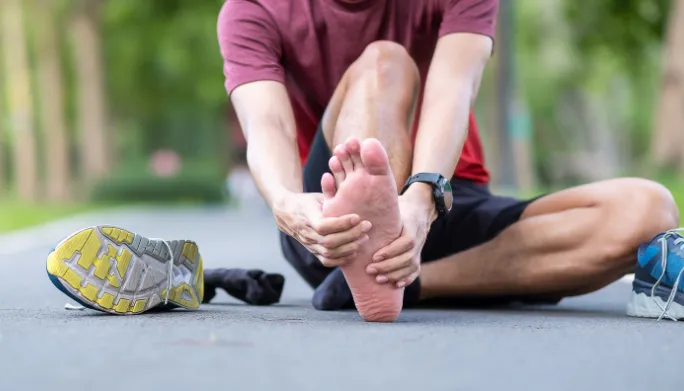OVERVIEW

Human back in pulsating pain
Ulnar Nerve Injuries
This is often caused by excessive valgus stress to the elbow while throwing repeatedly, especially during the cocking phase. Nerve damage can sometimes be caused by direct injury to the cubital tunnel nerve (“hitting your funnybone”). The symptoms include tingling or numbness in the pinky and ring fingers. This can occur after or during throwing, or when the elbow is bent.
It may help to change your throwing technique and brace if necessary. Surgery is recommended if the problem persists or there is persistent weakness.
The labrum, a cartilage ring around the shoulder socket (called “the glenoid”) and makes it more deep, is the labrum. It is the thin, blue ring that surrounds the glenoid in the picture above. The socket is deeperened by the labrum so that the ball of your arm bone (called “the head of the humerus”) fits better into it. Labrum and labral tears are often associated with trauma, instability, or repetitive throwing, as in a baseball player.
A labral tear is characterized by clicking, locking, popping, and painful clicking. The labrum may not be doing its job properly and causing instability. A labral tear can be diagnosed using MRI. However, it is often difficult to diagnose. The biceps tendon is often involved in a special type of labral tear called a superior labral anterior-to-poster (SLAP).
TREATMENT
GOALS
Possible Treatment Goals
- Reduce the chance of reoccurrence
- Enhance Function
- Increase Muscle Strength and Performance
- Reduce Nerve Compression
- Increase oxygen to tissues
- Self-care for Symptoms
- Increase Safety
- Increase tolerance for prolonged activities
